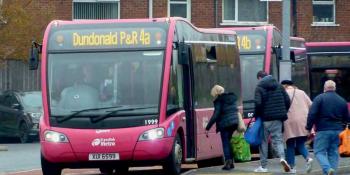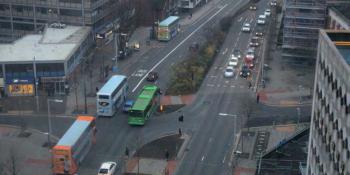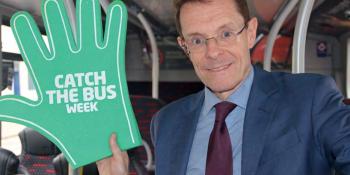COMMENT
How big should a regional bus company be? Compact and focused on the communities in its immediate locality or spread across a wide area in pursuit of economies of scale?
The industry has vacillated between these two models at roughly 10-year intervals over the past 60 years. In 1961, the Scottish Bus Group turned its huge Alexander subsidiary’s three divisions into separate companies with between 450 and 970 vehicles each; still big but more easily managed and locally identified.
By 1971, the National Bus Company was frantically merging subsidiaries into larger units, in the process removing opportunities for younger talent to rise quickly to senior roles and responsibilities.
In 1981, it split Midland Red into smaller units closer to their customers and local authority funders, kick-starting a process that spread across NBC’s southern region. That provided the career advancement and opportunity for innovation that the previous decade’s consolidation had stifled. Many consider that this was one of the state-owned operator’s most inspired decisions.
A byproduct was that many of those managers had the youth, imagination and motivation to buy their companies when the government decreed that NBC’s…




